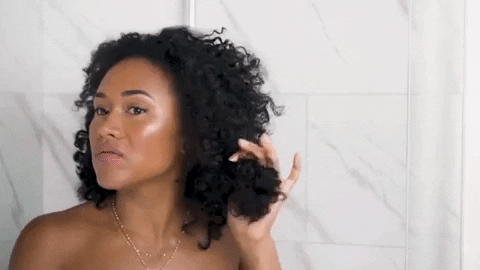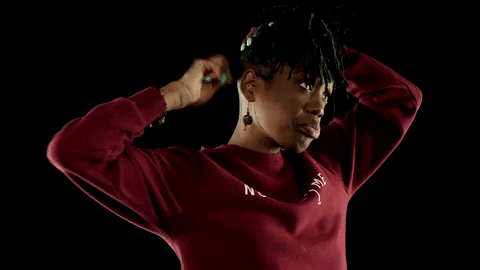
We can all agree, one of the most frustrating things about having hair, is having to constantly deal with knots and tangles. Not only is it time-consuming to detangle, it can be quite painful and damaging.
There could be a few reasons as to why your hair is constantly tangling. Hair texture, the amount of brushing, environmental exposure(wind), as well as the healthiness of the hair can all result in matting.

Your hair is more likely to get tangled if:
• Textured (super thick and curly)
• It is long and fine
• It is very dry and damaged
• You don't brush your hair throughout the day
• You don’t sleep with your hair tied down
When your hair cuticle is smooth and healthy, your hair is alive and bouncy. When hair is dry and damaged, the cuticle is raised and remains open. These open layers of the cuticle gets snagged up with each other, causing tangles and knots in your hair. The more damaged the cuticle, the worse the tangles.
Whether you have long or short, curly or straight, natural or chemically straightened hair, you have had to deal with hair that’s been tangled in knots at some stage.
Every day, strands of your hair sheds as part of a healthy hair life cycle. A knot happens when two strands of hair wrap around each other and become intertwined. Once a couple of strands are stuck together, the knot can become bigger and harder to remove.
If your hair is smooth and straight, it has an easier time escaping from your scalp without intertwining and knotting up.
Textured hair and damaged hair cuticles typically isn’t smooth. The outer layer of the hair shaft, often doesn’t lie flat.
So, instead of falling away, these loose strands are more prone to getting wrapped around other strands when they’re released from your scalp, causing knots to form.
Another way knots can form is by friction (rubbing your hair against certain surfaces, like towels, sheets, or pillowcases. ) It’s one of the reasons why you may wake up with those bedhead tangles in your hair.

Here are types of hair tend to be more prone to knots:
• heat-damaged, sun-damaged, or bleach-damaged hair
• hair that’s prone to breakage
• hair that’s longer than shoulder length
• naturally curly hair
• dry hair
• hair that’s vigorously combed or scratched
• hair that’s regularly exposed to hot styling tools
• hair frequently treated with products that contain alcohol, such as hairspray, mousse, or gel
Tips to minimize tangles & knots
• Comb through dry hair before shampooing
• Condition your hair
• Minimize heat
• Trim ends
• Use wide tooth comb
• Protect your hair while you sleep
• Rinse hair with cold water
• Brush your hair consistently
• Use the right products
When detangling hair section off hair, finger detangle, then use a wide tooth comb on hair from the bottom up, then you can use a detangling brush.
Resolve your hair issues with Makingsofabrowngirl haircare.
